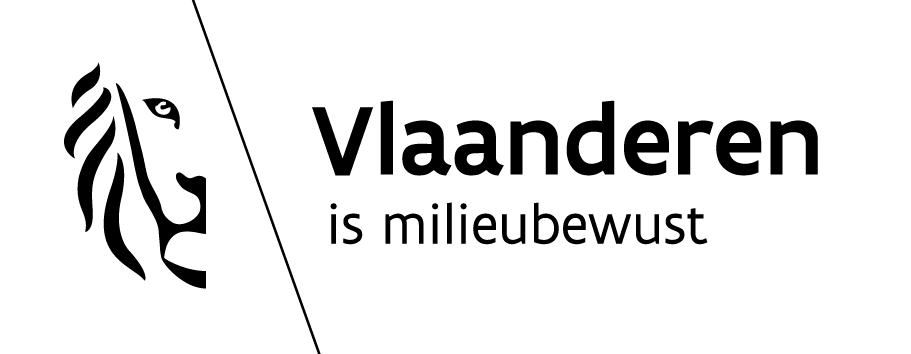Vehicle fuel economy report identifies regulations and tax policy priority pathways to reducing consumption

Varied approaches around the world have led to uneven technology deployment, limiting global gains
Ambitious regulations to improve fuel economy and limit carbon emissions of cars and light commercial vehicles cut average new vehicle consumption effectively without compromising vehicle performances, a report prepared by the International Energy Agency confirms. Fuel economy policies had little effect on limiting the weight or size of new passenger trucks and cars sold around the world.
The report, developed for the Global Fuel Economy Initiative (GFEI), looks at the development of fuel consumption and other characteristics such as dimensions, weight, fuel type, engine power and displacement for new vehicles registered from 2005 to 2013 in 25 countries, representing more than four-fifths of global sales. It also examines various government policies in industrialised and emerging economies, including differentiated taxation and limitations on vehicle dimensions. The report includes detailed reviews of regulations and fuel economy trends in 16 selected countries to provide thorough coverage of the different markets for cars and light commercial vehicles worldwide.
Fuel economy standards tend to guarantee lower average fuel consumption for new vehicles sold, the report finds, while the nature of taxes aimed at improving efficiency greatly influences their effectiveness: differentiated vehicle taxation (e.g. imposing higher rates on vehicles with the poorest performance and eventually including rebates for the best performers) demonstrated a good capacity to improve fuel economies, even in the absence of regulatory measures and especially in developing economies, where lower average income levels make the cost impact more influential on consumer choice.
The detailed review for South Africa, for instance, suggests that differentiated taxation has cut the cost of owning more efficient vehicles while increasing the price of guzzlers; the result was greater technological development for fuel savings over size and weight increases. The cases of France and Japan, where fuel economy standards are well established, show that differentiated taxation is effective in encouraging the purchase of fuel efficient vehicles, strengthening the effect of regulatory policies.
The report recommends the combined use of tax policy and regulatory measures to stimulate energy efficiency in transportation. Differentiated taxation, less complex to implement than fuel economy regulations, is particularly interesting for developing regions, where the barriers to policy development may be more relevant than in developed economies.
The report finds also that higher taxes on fuel encourage the purchase of more efficient vehicles: countries with high fuel pump prices tended to have an above-average share of low-consumption vehicles. Turkey provides an example of a case where differentiated vehicle taxes and high fuel taxes bolstered sales of efficient vehicles even in the absence of regulatory targets.
Not surprisingly, in countries lacking polices such as fuel taxes or efficiency regulations, technology developments tended to go to weight and size rather than fuel economy, resulting in only moderate gains in fuel economy for new vehicles. The report also detected market trends towards larger and heavier vehicles in developing economies: though cars and light trucks remain substantially smaller and less powerful outside the OECD than in OECD countries, that gap is closing.
The annual report examines global progress towards the GFEI goal of halving fuel consumption in new-vehicle fleets by 2030 versus 2005. While overall fuel economy improved from 2005 through 2013, new methodology introduced in the 2016 edition indicates that the annual improvement rate averaged only 1.6% at the global scale, significantly below the 3% pace necessary to meet the 2030 target.
To download Technology and Policy Drivers of the Fuel Economy of New Light-Duty Vehicles, click here.
To learn more about IEA work on vehicle fuel economy and other transport policy, click here.
Source: © 2016 OECD/IEA

